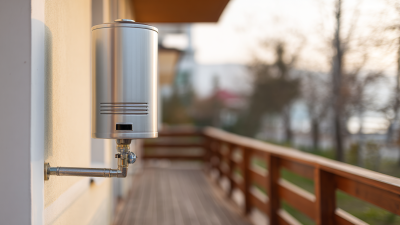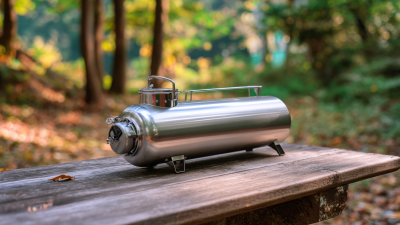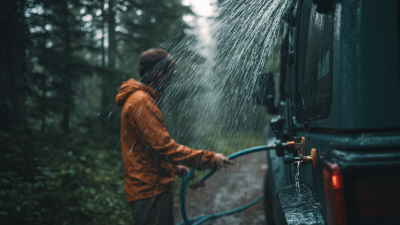
In recent years, the demand for portable water heaters has surged, driven by an increasing emphasis on energy efficiency and versatility in various applications. According to a report by Market Research Future, the portable water heater market is projected to witness a robust growth rate of 6.5% from 2021 to 2027, fueled by the rising popularity of outdoor activities and the need for hot water in remote locations. These compact systems offer unmatched convenience for RV travelers, campers, and outdoor enthusiasts by providing instant hot water on demand. Understanding the efficiency, tips for optimal use, and various applications of portable water heaters can significantly enhance your experience, whether you are enjoying a day at the beach or setting up a temporary campsite. This guide delves into essential insights and best practices to maximize your portable water heater's utility, ensuring you can enjoy warm showers and clean water whenever and wherever you need it.
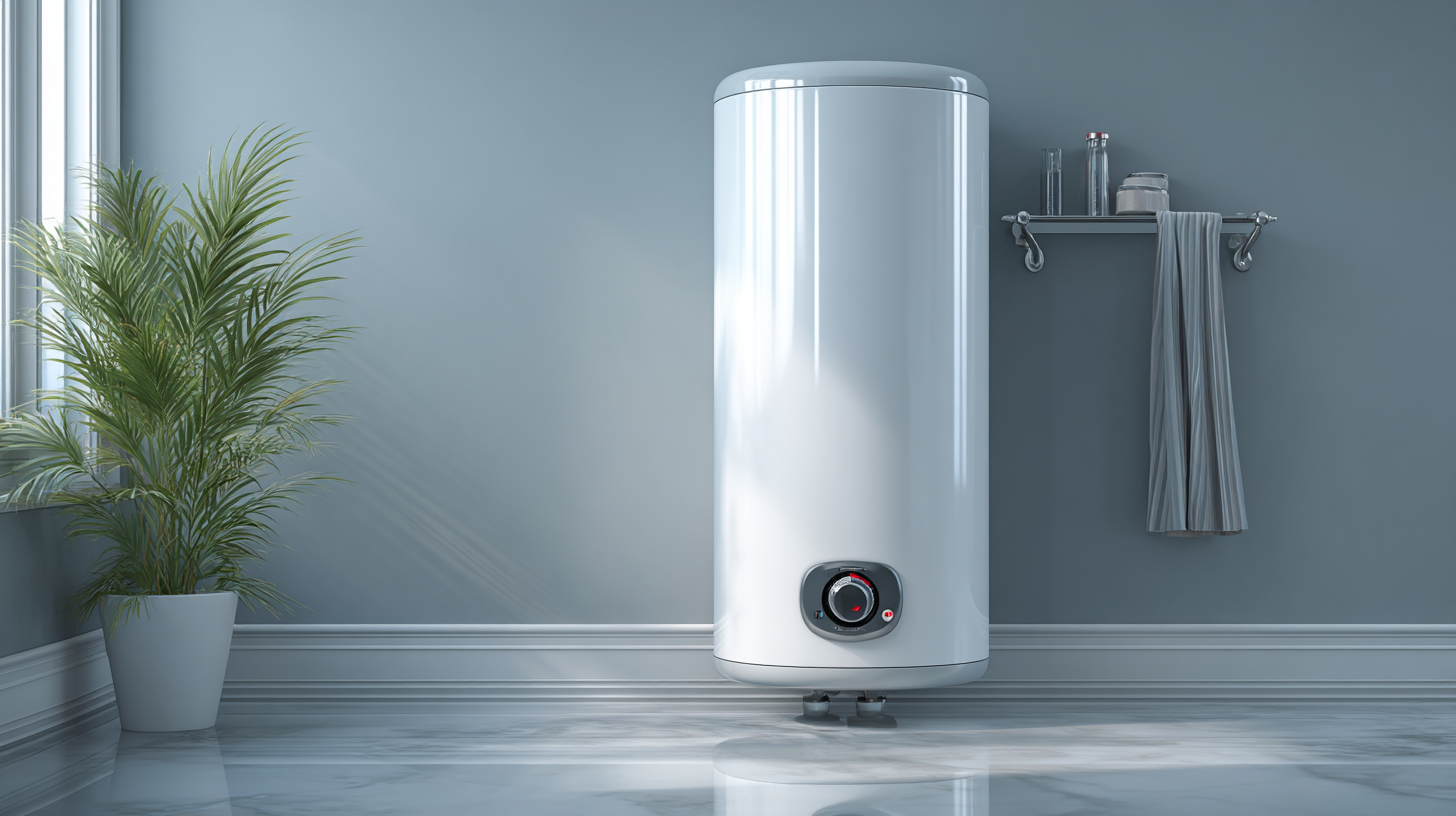
When considering portable water heaters, understanding efficiency ratings is crucial. BTU (British Thermal Unit) ratings measure the heat output of a water heater, helping consumers evaluate how quickly and effectively it can heat water. Typically, a higher BTU rating indicates faster heating capabilities, which is ideal for situations like camping or emergency use. Industry reports have shown that portable water heaters can range from 40,000 to over 100,000 BTUs, with many models balancing efficiency and output effectively. For instance, a water heater with a rating of 60,000 BTUs can deliver hot water rapidly while consuming energy at a more efficient rate.
Tips for maximizing efficiency with portable water heaters include proper placement. Ensure your heater is located in a well-ventilated area to allow for optimal air flow, which can enhance efficiency. Additionally, consider using insulated hoses to minimize heat loss as water travels from the heater to your tap. Another useful tip is to evaluate the HVAC metrics of your chosen model; understanding its energy factor (EF) can provide insights into its overall efficiency. A model with a higher EF will typically use less energy while delivering the same amount of hot water, which is essential for both performance and cost-effectiveness.
When using a portable water heater, efficiency is paramount. To maximize performance, always select the appropriate heater size for your needs. A unit that’s too small may struggle to provide sufficient hot water, while an oversized option can result in wasted energy. Additionally, ensure that the heater is placed in a well-ventilated area, as proper airflow can enhance its efficiency and prolong its lifespan.
Another key tip is to maintain your portable water heater regularly. This includes flushing the tank to remove sediment build-up, which can affect heating efficiency, and checking the heating elements for wear and tear. Consider insulating the water heater and the hot water lines to reduce heat loss, especially in colder climates. Finally, familiarize yourself with the heater’s settings and features; optimizing the temperature and flow can lead to substantial energy savings and improved performance during your outdoor adventures or emergency situations.
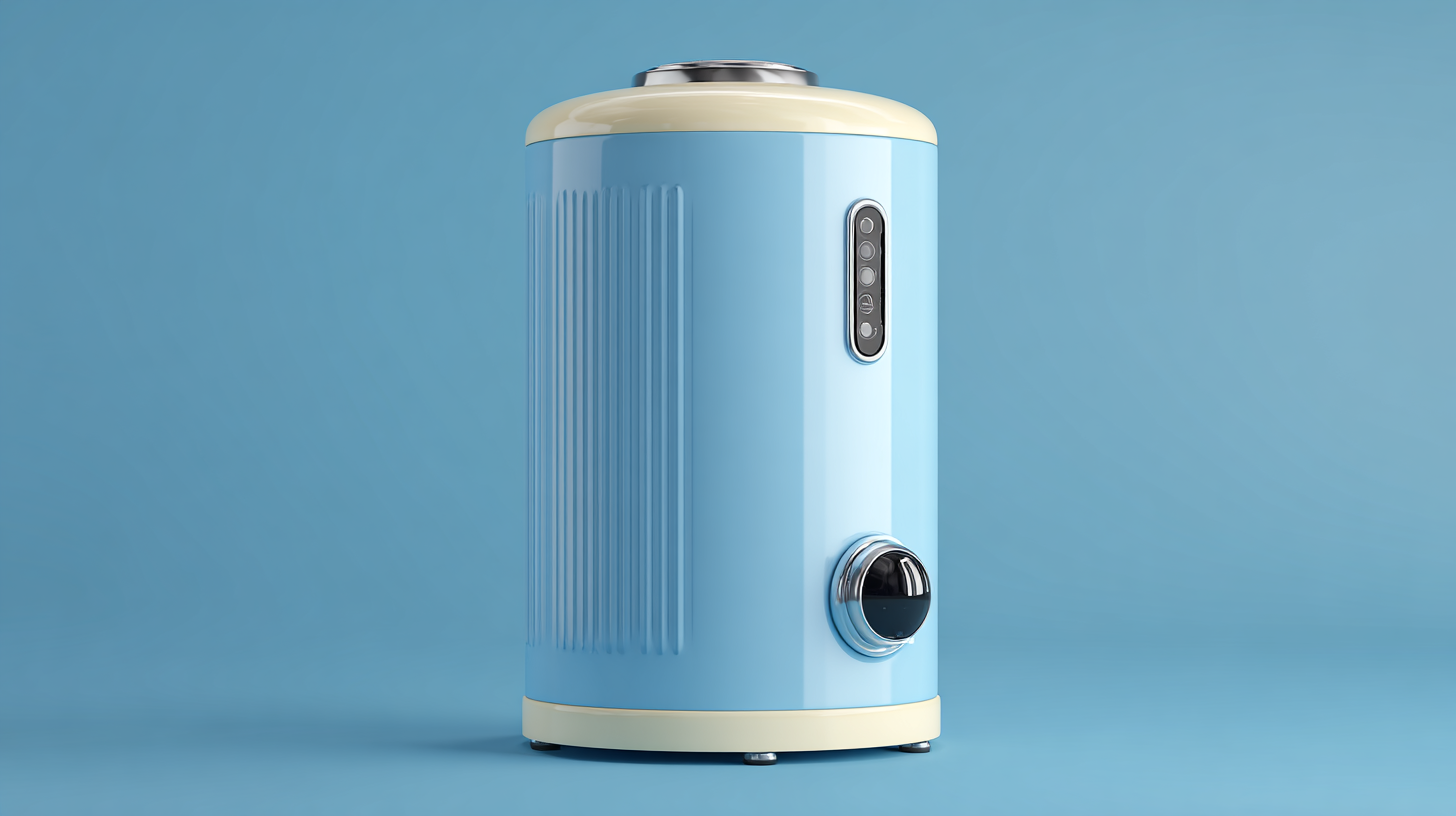
Portable water heaters are versatile tools used across various industries for a multitude of applications. In the construction sector, they provide hot water for mixing concrete and cleaning tools, ensuring that work can continue seamlessly regardless of the location. With cold weather posing challenges on job sites, having access to hot water can also improve worker comfort and efficiency.
In the hospitality industry, portable water heaters find their place in outdoor events and catering services. They allow for easy access to hot water for food preparation, dishwashing, and serving hot beverages, enhancing guest experiences regardless of the venue's kitchen facilities. Additionally, in the recreational sector, portable water heaters are invaluable for camping trips and outdoor adventures, providing campers with comfort and convenience while enhancing sanitation practices. Their ability to ensure hot water availability in remote locations significantly enriches outdoor experiences, making them essential gear for adventure enthusiasts.
| Industry | Use Case | Efficiency Rating | Portable Heater Type | Recommended Capacity |
|---|---|---|---|---|
| Construction | Concrete Heating | High | Liquid Propane | 50,000 BTU |
| Camping | Portable Showers | Medium | Electric | 5 Gallons |
| Food Service | Dish Washing | High | Natural Gas | 20 Gallons |
| Emergency Services | Disaster Relief | Very High | Diesel | 100,000 BTU |
| Aquaculture | Tank Heating | High | Electric | 1.5 kW |
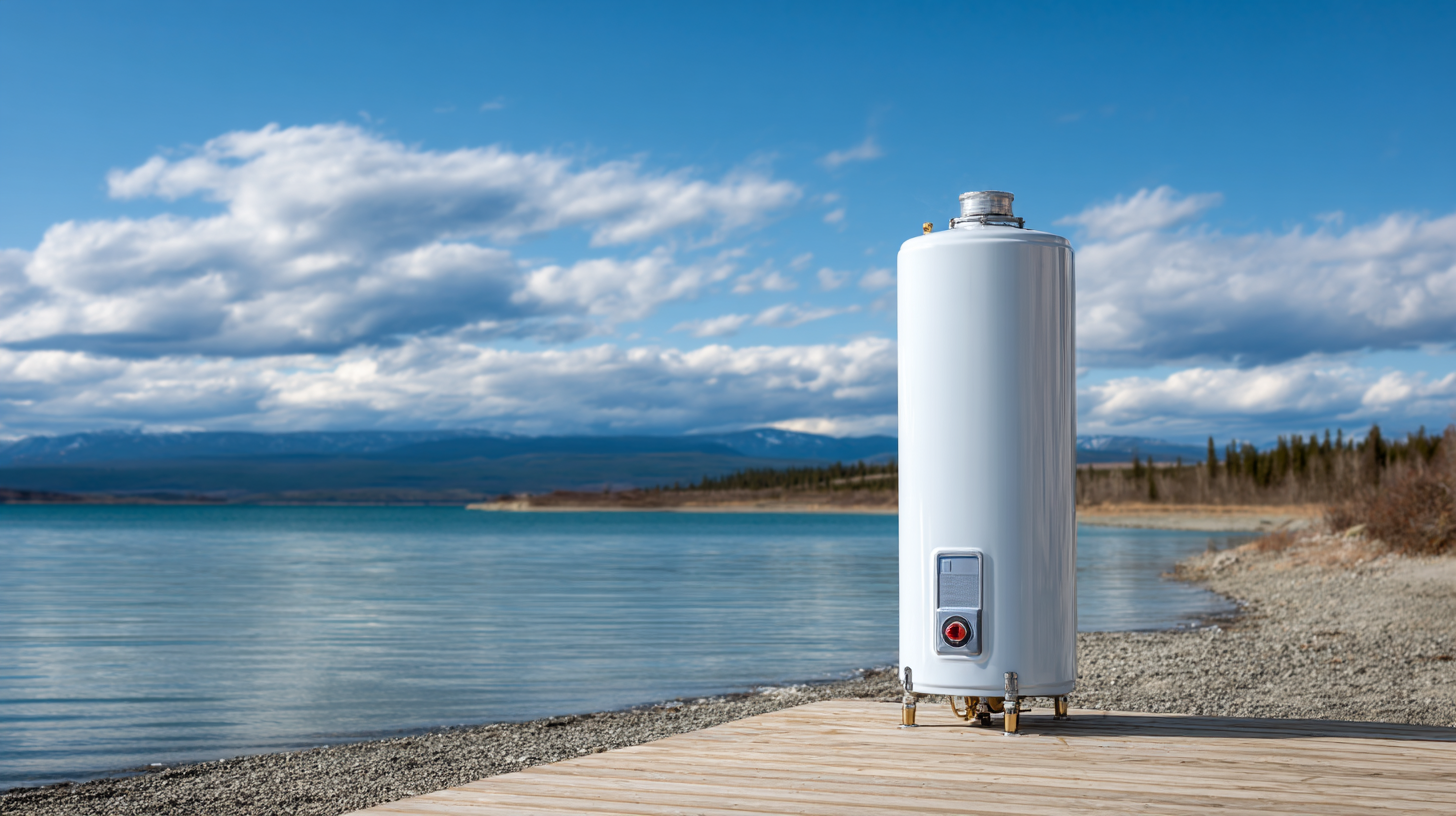 When choosing between tankless and traditional portable water heaters,
it's essential to understand their core differences. Tankless water heaters,
also known as on-demand water heaters, heat water directly without the use of a storage tank, providing a constant supply of hot water.
This can make them more efficient, as they only operate when needed, leading to potential energy savings.
In contrast, traditional portable water heaters store hot water in a tank and continuously maintain its temperature,
which can result in standby energy loss.
When choosing between tankless and traditional portable water heaters,
it's essential to understand their core differences. Tankless water heaters,
also known as on-demand water heaters, heat water directly without the use of a storage tank, providing a constant supply of hot water.
This can make them more efficient, as they only operate when needed, leading to potential energy savings.
In contrast, traditional portable water heaters store hot water in a tank and continuously maintain its temperature,
which can result in standby energy loss.
When selecting a portable water heater, consider the space available.
Tankless options
are typically more compact, making them suitable for smaller areas or RVs. Meanwhile,
traditional models can be bulkier but may be more cost-effective for higher hot water demands.
Here are some quick tips for maximizing efficiency with your portable water heater.
First, regularly insulate your hot water pipes to prevent heat loss.
Second, set your thermostat to an optimal temperature—typically around 120°F—
to avoid scalding while maximizing efficiency.
Lastly, perform routine maintenance to flush sediment build-up, ensuring your heater operates effectively
for years to come.
When utilizing portable water heaters outdoors, safety should be the foremost concern. A report by the Consumer Product Safety Commission reveals that improper use of water heaters contributes to a significant number of accidents, particularly related to burns and fire hazards. It is crucial to ensure that the portable heater is placed on a flat, stable surface away from flammable materials. Moreover, users should always check for any gas leaks if the unit is powered by propane or natural gas, which can lead to serious injuries or fires. Regular maintenance and inspections of the equipment not only enhance efficiency but also reduce risks.
Additionally, it's important to familiarize yourself with the specific guidelines for your model. The American National Standards Institute recommends that water heaters be operated in well-ventilated areas to prevent carbon monoxide accumulation, a colorless, odorless gas that can be fatal. Using an outdoor heater in enclosed spaces significantly increases the risk of exposure. Lastly, employing safety gear such as gloves and goggles when handling hot water can prevent burns and other injuries, reinforcing the importance of following manufacturer recommendations and adhering to safety protocols during outdoor activities.
This chart illustrates the efficiency of various types of portable water heaters, comparing propane, electric, solar, and hybrid models. Understanding these efficiencies can help users make informed decisions based on their outdoor water heating needs.
